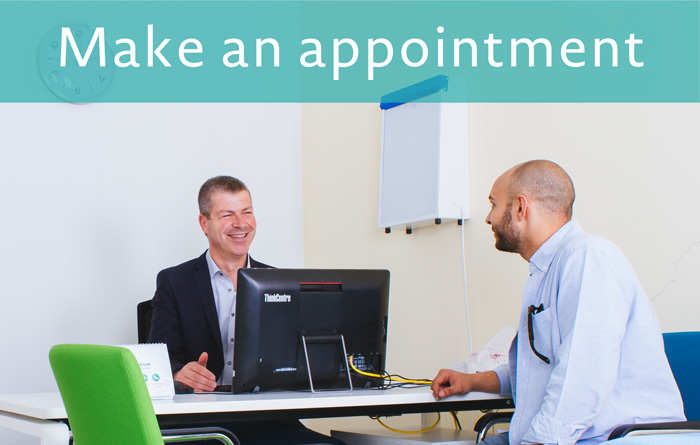Stroke Program
Stroke is a term used when a blood vessel in the brain is blocked (65% of all strokes) or is ruptured. It is also called a cerebral vascular accident (CVA). If the blood flow is stopped or altered, a part of the brain does not receive enough oxygen. Millions of brain cells die every minute during a stroke, increasing the risk of permanent brain damage, disability, or death.
- An ischemic stroke, the most common type, occurs when a blood vessel is blocked. One frequent cause of blockage is a blood clot or a build-up of fatty deposits (arteriosclerosis) in blood vessels that supply the brain.
- A hemorrhagic stroke occurs when a blood vessel leaks or ruptures because of a weakened region of a vessel or in an area of the brain with a cluster of abnormally formed vessels.
Signs and Symptoms
If you are having a stroke, you might:
- Feel a sudden numbness or weakness of the face, arm, or leg, especially on one side of the body
- Be confused about where you are or what you are doing
- Have trouble speaking or understanding what others are saying
- Have sight trouble in one or both of your eyes
- Have trouble walking, be dizzy, or lose your balance
- Have a sudden, severe headache that seems to come out of nowhere
Some people experience a transient ischemic attack (TIA), a “mini-stroke” that produces stroke-like symptoms, but no permanent damage because the blood flow is altered for only a short period of time. Recognizing and seeking treatment for TIAs can reduce your risk of a major stroke.
Stroke can cause a range of long-term problems, such as:
- Inability or difficulty moving one side of the body (hemiparesis or hemiplegia)
- Severely limited movement or stiffness in the arms and legs (spasticity)
- Balance problems
- Weakness on one side of the body
- Off-and-on numbness
- Loss or lack of sensation
- Sensitivity to cold temperatures
- Memory loss
- Slowed or slurred speech
- Difficulty remembering words
Amsterdam Clinics physiotherapists are part of the stroke rehabilitation team. Rehabilitation begins very soon after a stroke; your physiotherapist’s main goal is to help you return to your activities at home, at work, and in your community.
Upon examining you and evaluating your condition, your physiotherapist will develop an individualized plan to help you achieve the best possible quality of life. The plan will focus on your ability to move, any pain you might have, and ways to prevent problems that may occur after a stroke.
One of the first things your physiotherapist will teach you is how to move safely from your bed to a chair, and to perform exercises in bed. As you become more mobile, your physiotherapist will teach you strengthening exercises and functional activities.
Later, your physiotherapist will:
- Help you improve your balance and walking.
- Fit you with a wheelchair, if needed.
- Provide training to your family and caregivers.
- Train you to use devices that can help you keep mobile when a stroke has affected your ability to move, walk, or keep your balance: orthoses, prostheses, canes, walkers, wheelchairs, and perhaps even robotics.
Treatments of strokes vary. Your specific treatment will depend on the results of your physiotherapist’s evaluation, and on how long it has been since you had your stroke. Recovery from a stroke depends on the size and location of the stroke, how quickly you received care, and your other health conditions. Your physiotherapist will help you regain functional skills to allow you to participate in your specific life activities.
Your Care Path will include:
- Full assessment & screening by our qualified team.
- Comprehensive diagnosis
- Second opinion from a Dutch expert.
- Occupational assessment
- A treatment plan supervised by the Dutch experts.

